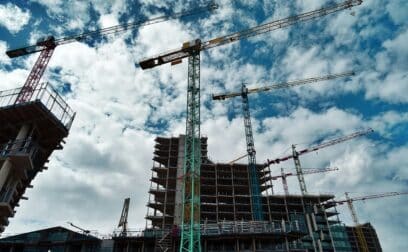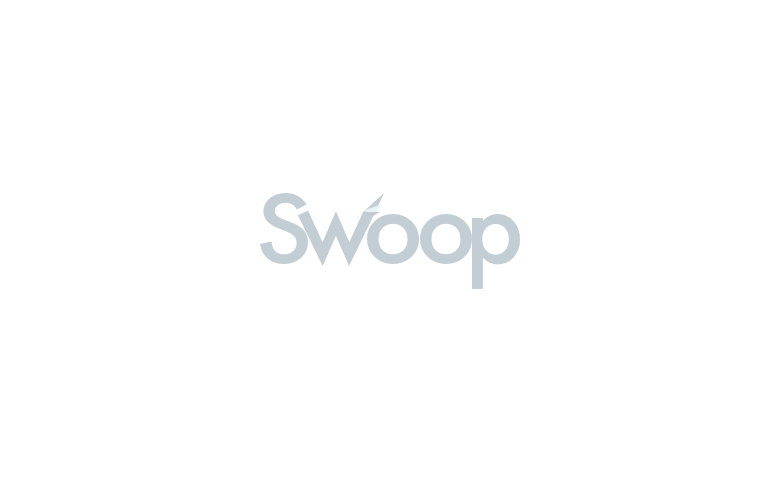TABLE OF CONTENTS
Technological transformation, economic opportunity and changing buyer trends are driving many Canadian organisations to expand, upgrade or replace their industrial equipment.
Page written by Chris Godfrey. Last reviewed on December 11, 2024. Next review due April 1, 2027.

However, no matter if your business is constructing skyscrapers, packing canned goods, or building robots, buying industrial equipment out of cashflow does not make business sense. Instead, use industrial equipment finance to spread costs over time and avoid financial strain. Use the equipment as you pay for it to boost your bottom line.
Industrial equipment is used in many business sectors. It may take the shape of complicated production machinery that is typically used in manufacturing, or it could be large equipment, such as bulldozers or cranes, which are used in construction, mining, and fossil fuel production. However, not all industrial equipment is used in heavy industries – technological and many light industries also use industrial equipment and complex tools to produce the products and services they sell.
There is often confusion when determining the difference between industrial equipment financing and industrial equipment loans, as the term ‘equipment financing’ can have a dual meaning:
Also known as ‘asset finance and refinance’, this is when a business uses the industrial equipment they already own – such as a drilling rig – as collateral for a new loan. The organization borrows against the value of the equipment to obtain cash that they can use for various business purposes. The equipment usually stays in the business’ possession and usage, but the lender takes a lien over its title to protect their loan. When the loan is paid back, the lien is dissolved.
Key benefits: A fast way to raise cash for almost any business purpose. Still use the equipment even as it acts as collateral for the loan.
This is borrowing to buy new or pre-used industrial equipment. It allows the borrower to spread the cost over time. There are two basic types of industrial equipment loan: Equipment lease, or equipment financing – (which in this case refers to a loan to buy new equipment, not refinancing to obtain ready cash).
Key benefits: Secure new equipment without hurting cashflow. Use the equipment as you pay for it. Some or all of the payments may be tax deductible.
Buying new industrial equipment can be expensive, but most Canadian businesses secure the machines and tools they need with either an equipment finance loan, or an equipment lease. What’s the difference? See below.
This is a loan that allows the borrower to pay for the equipment over time, spreading the cost across months or years. Typically, the borrower will pay the loan back, (plus interest and any fees), in fixed monthly instalments. At the end of the loan, the borrower owns the equipment outright.
Key benefits: Ease the strain on cashflow as you buy the equipment you need to grow your business. Interest is usually tax-deductible.
Similar to a loan, except the borrower (lessee) is not buying the equipment, they are renting it over an extended period. At the end of the contract, the equipment will either go back to the lessor (equipment provider), or the lessee may have the option to buy it for a pre-agreed sum, (sometimes as little as $1). Depending on the terms of the contract, the lessor may be responsible for maintenance of the equipment.
Key benefits: Usually comes with lower monthly payments than equipment financing, but with the same support to cashflow. Can be very quick to arrange. Does not appear on the company balance sheet. In most cases, the entire payments (not just the interest) can be written off as tax-deductible.
Industrial equipment finance and loans are specialist areas with differing rules of application and requiring deep knowledge of the sector from the lender. Canadian SMEs seeking funding may find themselves forever searching and making applications to lender after lender without success. The delays this can create could cause them to lose revenue and leave their business vulnerable to competition. Instead, working with a broker, who can access industrial equipment financing from a wide range of lenders is a better way to go. No more cold calls and endless demands for information, just tell us what you need and leave the rest to us.
Give your business the equipment it needs to grow. Register with Swoop to find the best rates, the best terms and the best industrial equipment finance today.
Written by
Chris is a freelance copywriter and content creator. He has been active in the marketing, advertising, and publishing industries for more than twenty-five years. Writing for Barclays Bank, Metro Bank, Wells Fargo, ABN Amro, Quidco, Legal and General, Inshur Zego, AIG, Met Life, State Farm, Direct Line, insurers and pension funds, his words have appeared online and in print to inform, entertain and explain the complex world of consumer and business finance and insurance.
Swoop promise
At Swoop we want to make it easy for SMEs to understand the sometimes overwhelming world of business finance and insurance. Our goal is simple – to distill complex topics, unravel jargon, offer transparent and impartial information, and empower businesses to make smart financial decisions with confidence.
Find out more about Swoop’s editorial principles by reading our editorial policy.
Related pages
Join the 110,000+ businesses just like yours getting the Swoop newsletter.
Free. No spam. Opt out whenever you like.
Kingfisher Way, Silverlink Business Park, Newcastle upon Tyne, NE28 9NX, UK
View in Google MapsAberystwyth Innovation and Enterprise Campus
Gogerddan Campus
Aberystwyth University
Ceredigion
SY23 3EE
Dogpatch Labs, The CHQ Building, Custom House Quay, Dublin, Ireland
View in Google MapsSuite 801, Level 8, 84 Pitt Street, Sydney, NSW 2000, Australia
View in Google Maps43 W 23rd St, New York, NY 10010, United States
View in Google Maps21 Dreyer Street, Cape Town, South Africa, 7708
View in Google Maps
Disclaimer: Swoop Finance Ltd (Swoop) helps Canadian firms access business finance, working directly with businesses and their trusted advisors. We are a credit broker and do not provide loans or other finance products ourselves. All finance and quotes are subject to status and income. Applicants must be aged 18 and over and terms and conditions apply. Guarantees and Indemnities may be required. Swoop can introduce applicants to a number of providers based on the applicants’ circumstances and creditworthiness. Swoop may receive a commission or finder’s fee for effecting such introductions. If you feel you have a complaint, please read our complaints section highlighted above and also contained within our terms and conditions.
Clever finance tips and the latest news
Delivered to your inbox monthly
Join the 110,000+ businesses just like yours getting the Swoop newsletter. Free. No spam. Opt out whenever you like.




